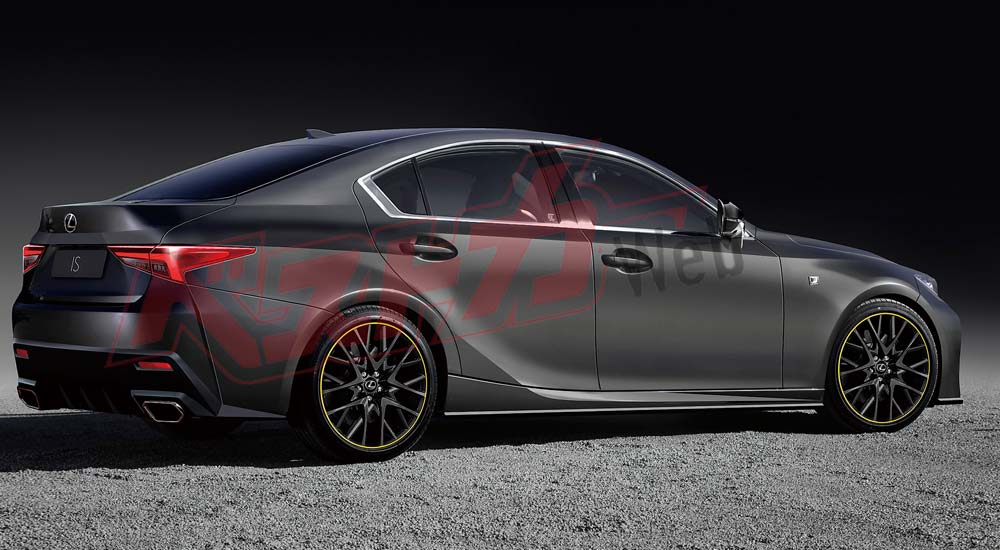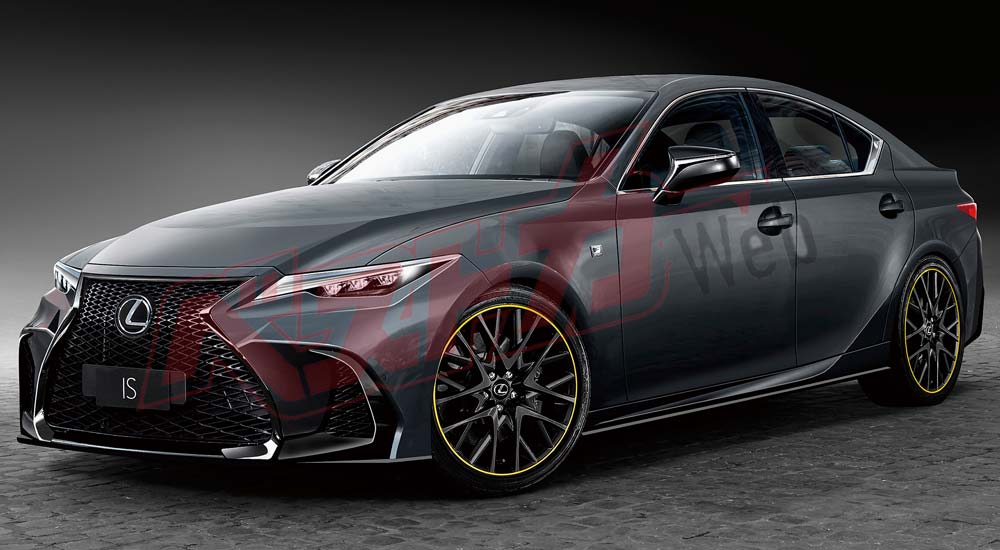Best Car Magazine in Japan is reporting that the next-generation Lexus IS sedan will be offered with the same BMW Inline-6 turbo engine that powers the all-new Toyota Supra.
The I6 engine, which is rated at 335 horsepower and 365 lb-ft of torque in the Supra, would be one of four engines for the Lexus sedan — a 2.0L turbo, 2.4L turbo, and 2.5L hybrid engine would also be available based on region.

Best Car also reports that the IS is unlikely to change in size, and will weigh approximately 3,395 lbs. For referenece, the current IS tips the scales at 3,737 lbs.
(Finally, the magazine reiterates the rumor that a next-generation IS F sedan will be resurrected with the twin-turbo V6 engine from the LS flagship.)


Comments